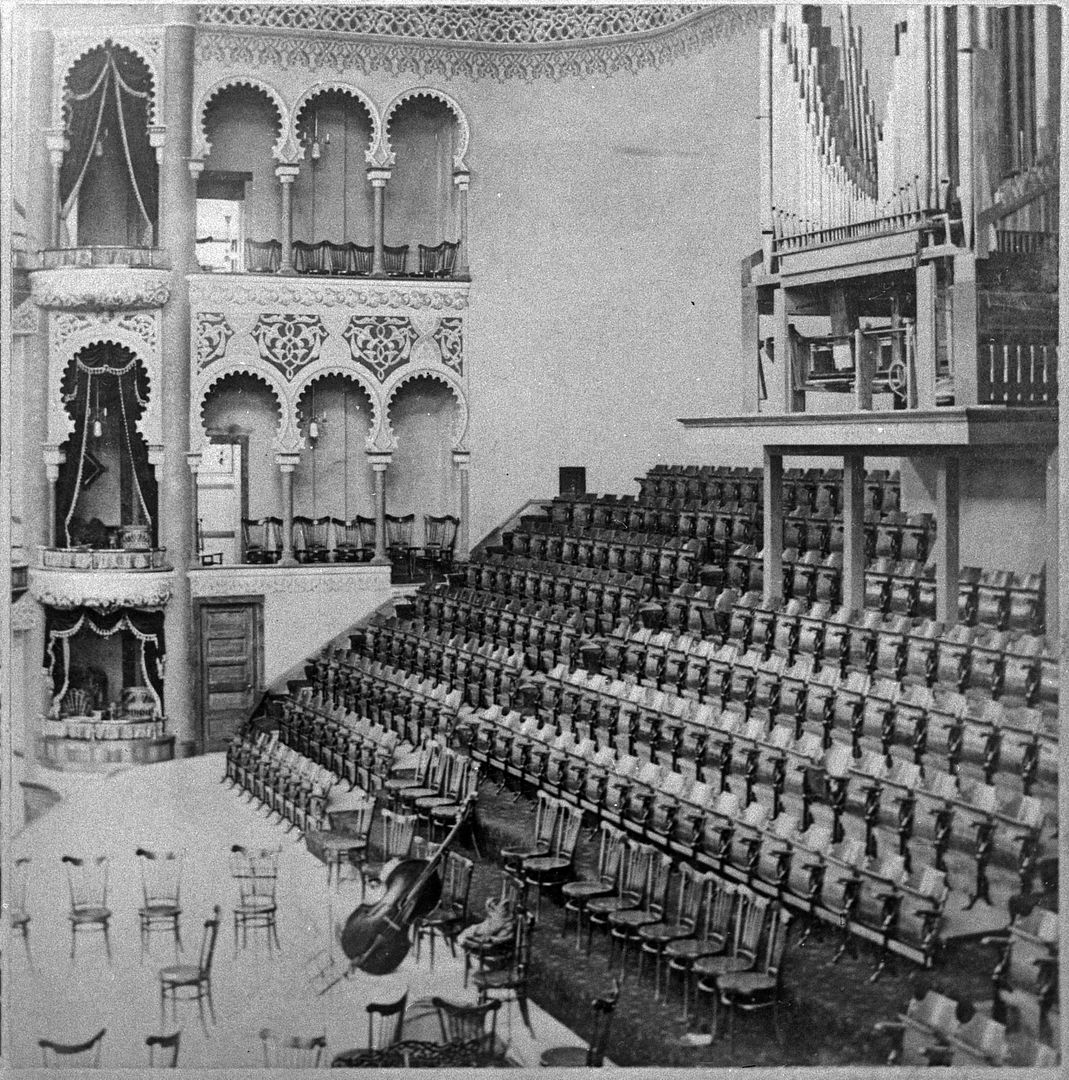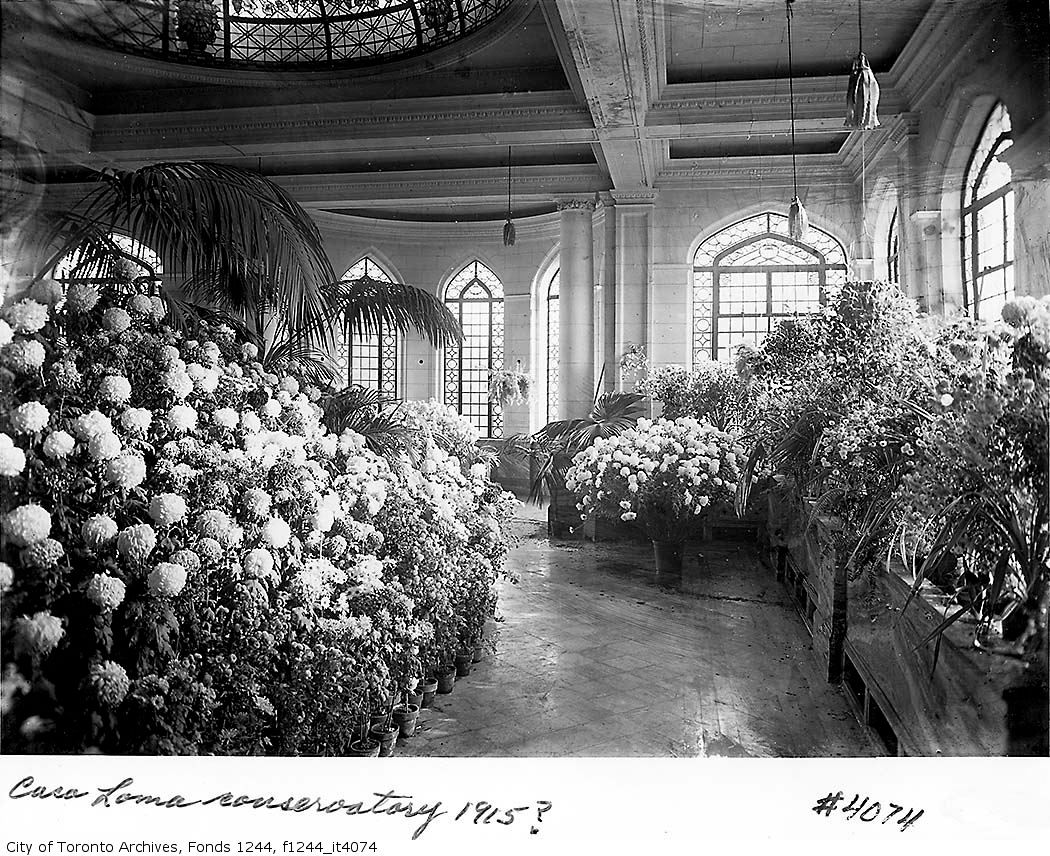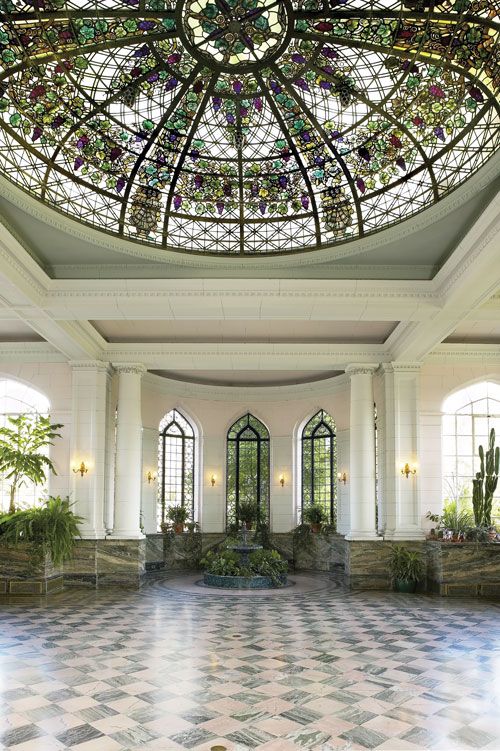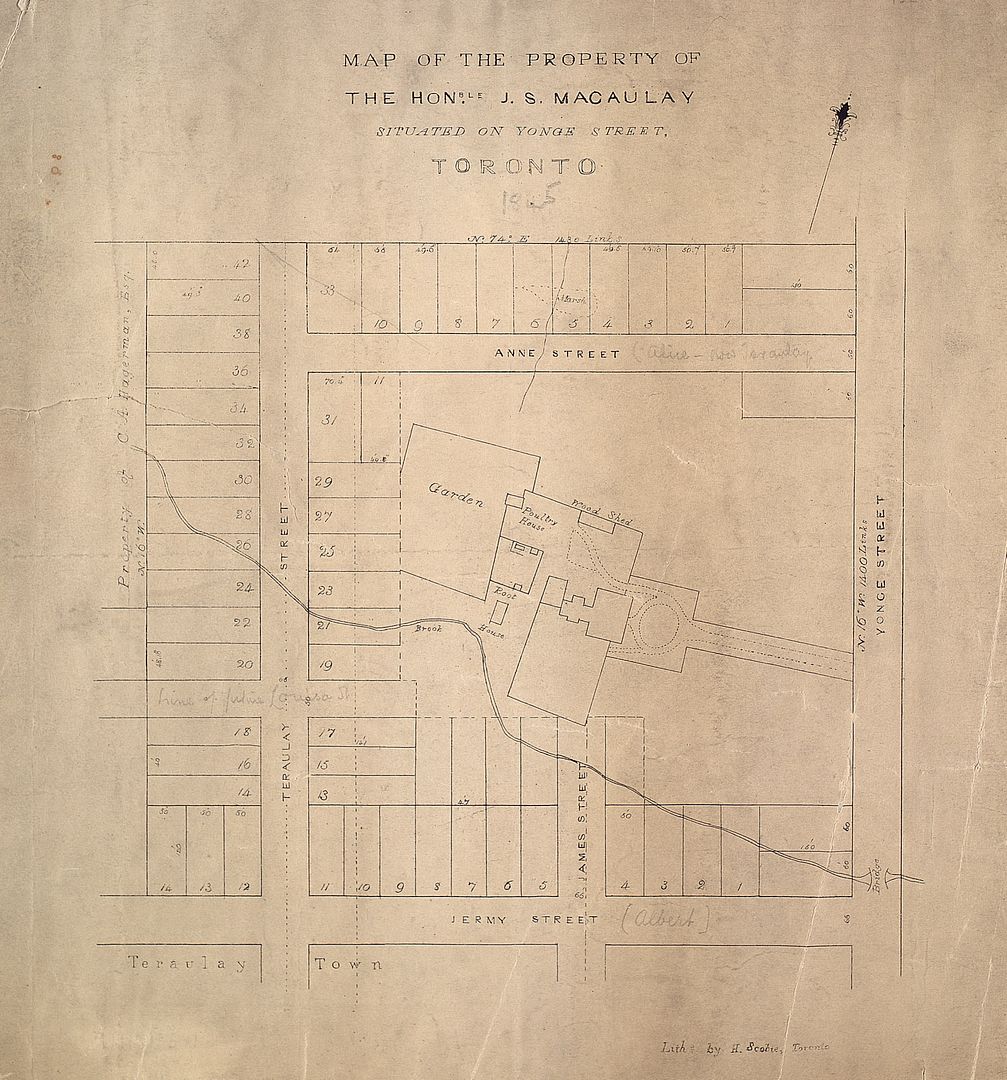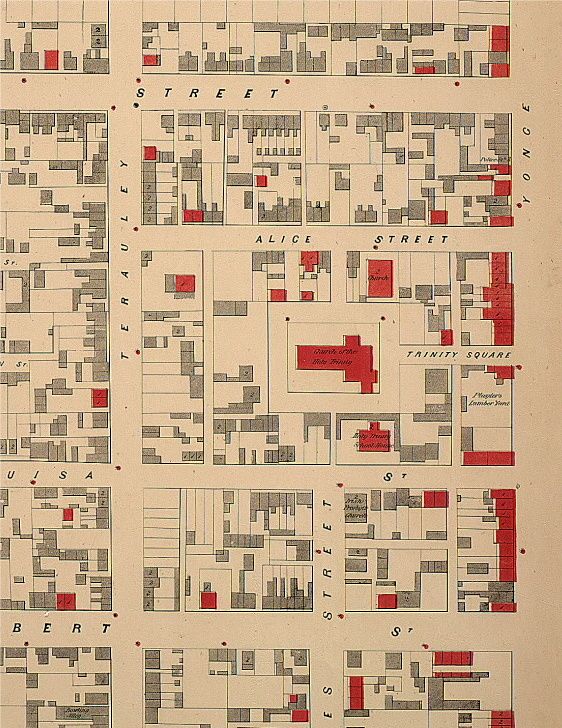adma
Superstar
One church missing from this thread: St Anne's on Gladstone (aka the Group Of Seven church)
And a couple of modest Anglo-Catholic incense-heavy gems: Eden Smith's St Thomas on Huron St, and Henry Langley's St Matthias on Bellwoods...
And a couple of modest Anglo-Catholic incense-heavy gems: Eden Smith's St Thomas on Huron St, and Henry Langley's St Matthias on Bellwoods...





